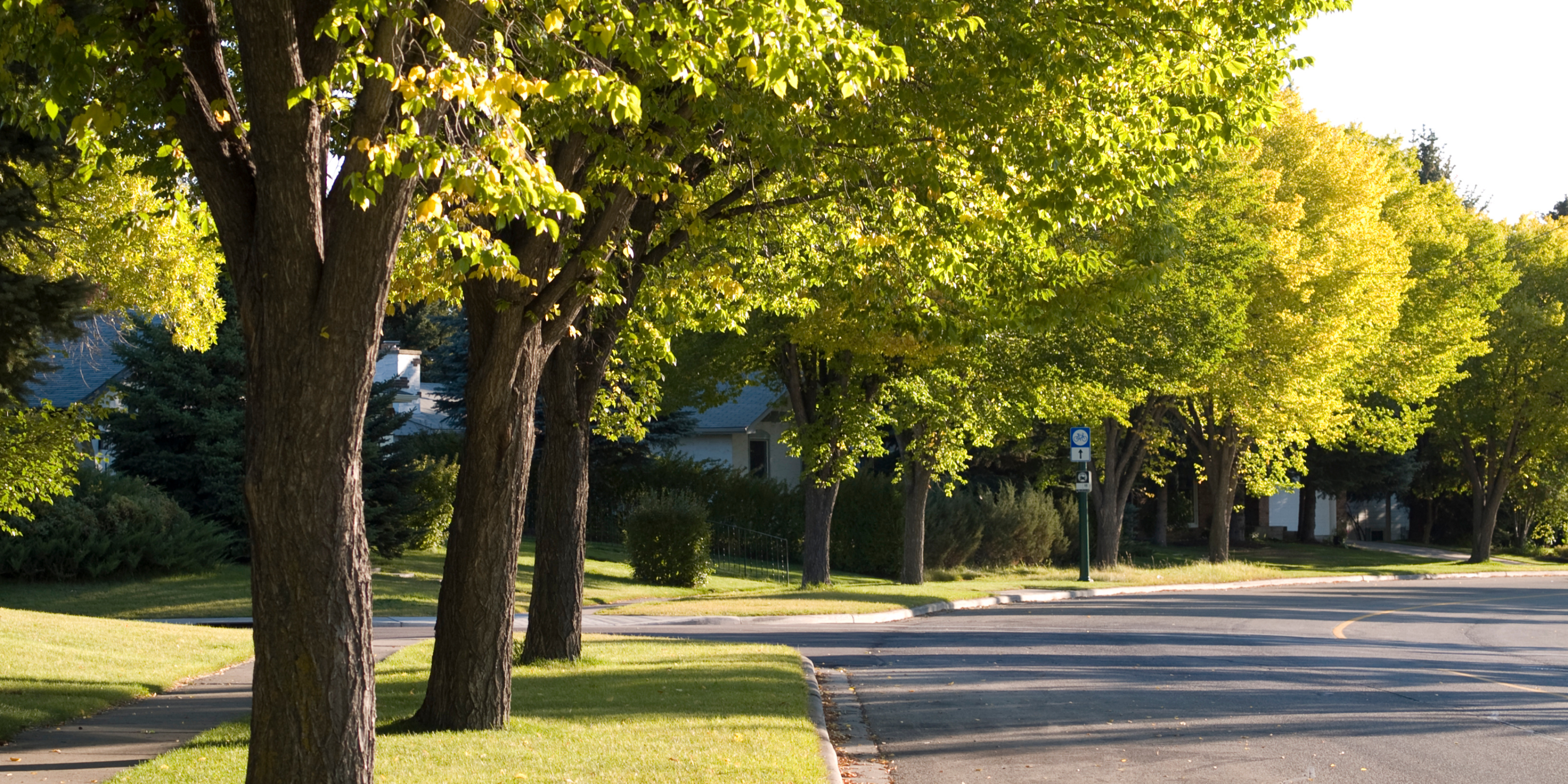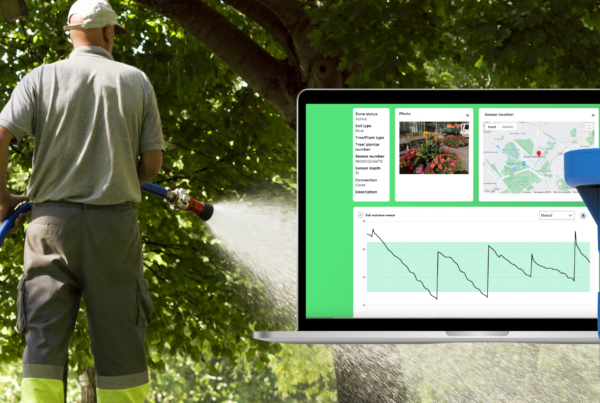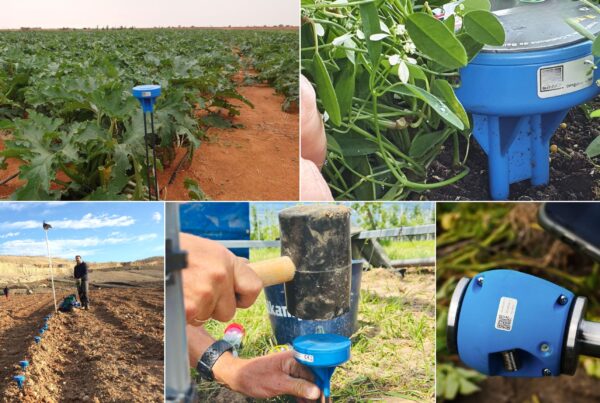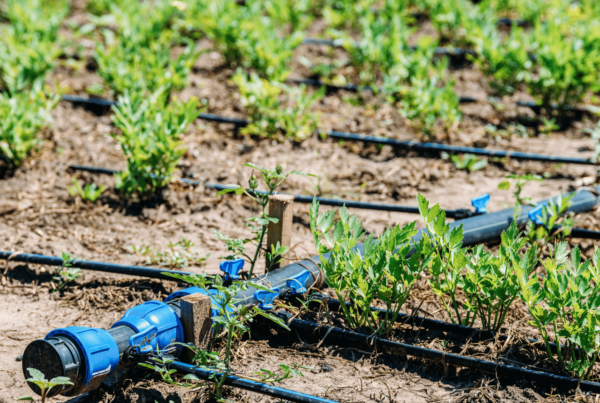In the realm of smart cities, a transformation is underway—a revolution built upon the integration of cutting-edge technologies, sustainable landscaping, and the invaluable insights derived from soil moisture sensors. This holistic approach, encompassing the utilization of soil moisture sensors, moisture probes, and soil sensors, has the potential to reshape urban environments into resilient and climate-smart hubs.
Smart cities are no longer just a futuristic concept; they’re our present and future reality. And when it comes to climate adaptation in these urban landscapes, the significance of one key element cannot be overstated: the greening of cities. Among the various aspects contributing to a sustainable urban ecosystem, none stand taller than the act of planting trees. These magnificent arboreal wonders hold the key to preparing our cities for a climate-altered future.
There’s a popular quote that poses an intriguing thought: “Imagine if trees gave off WiFi signals. We’d be planting so many trees, we’d probably save the planet. Too bad they only produce the oxygen we breathe.” While trees indeed serve as the lungs of our planet, their ecological contributions extend far beyond oxygen production. Urban trees, equipped with soil moisture sensors, offer multiple ecosystem services:
- Cooling Urban Heat: Urban trees act as natural air conditioners, significantly reducing air temperatures in concrete jungles.
- Biodiversity Guardians: These majestic sentinels provide sanctuary to diverse flora and fauna, contributing to the city’s ecological balance.
- Air Quality Boost: Nature’s air purifiers, they mitigate air pollution and enhance the quality of urban air.
- Storm-Water Sentinels: Urban trees help manage storm-water runoff, preventing urban flooding and minimizing its consequences.
In the grand scheme of fostering healthy smart cities, we delve into the core elements of this transformation: green, grey, and blue adaptations.
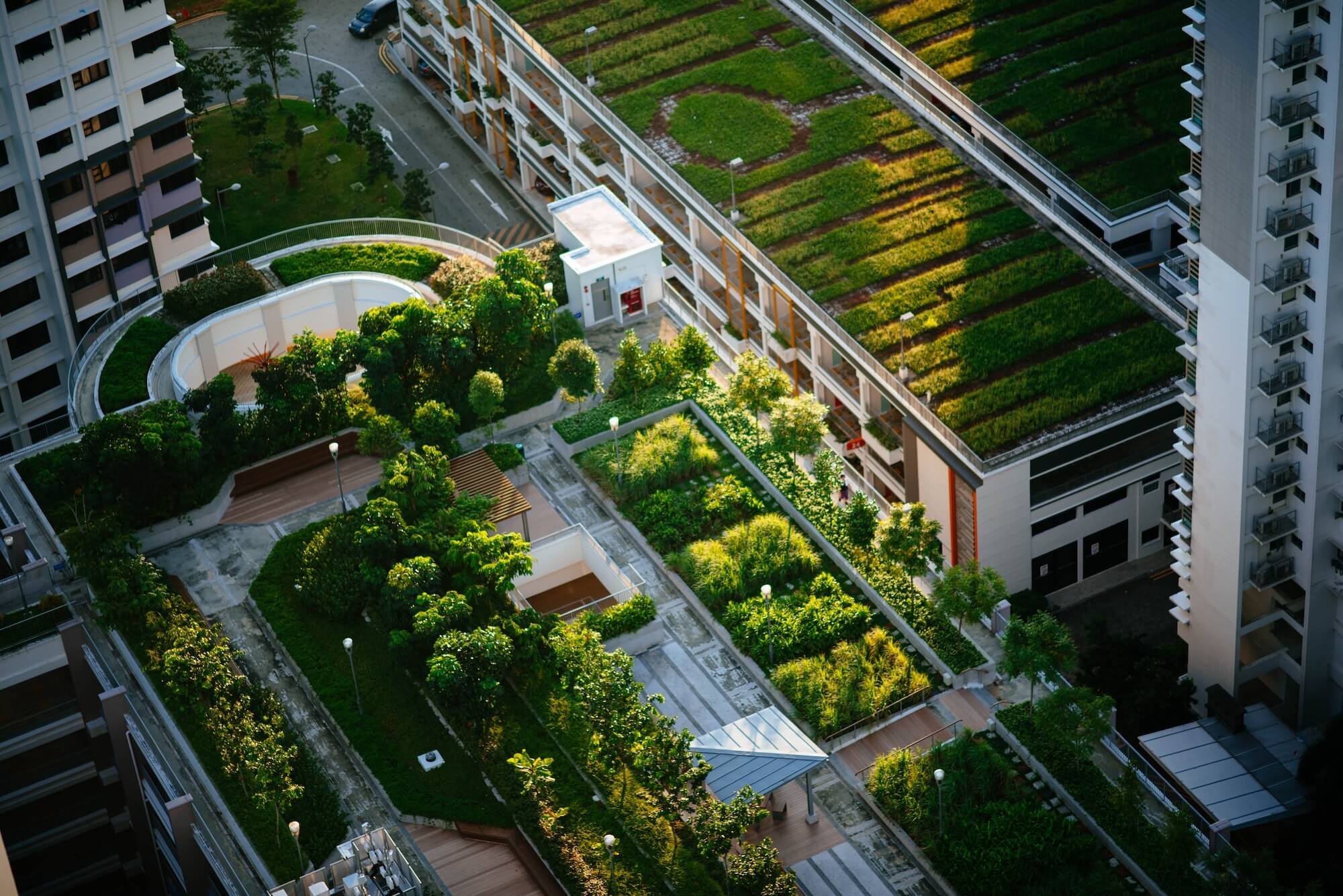
The Green Investment:
In creating a thriving urban ecosystem, the initial step involves the “green investment.” This encompasses nurturing tree health by providing ample space for both tree and root growth. It also emphasizes maintaining high soil quality, effective irrigation management, and judicious growth control. The “green investment” adopts a bottom-up approach, providing vital resources for optimal plant growth in urban settings.
The growth and health of urban trees, as limited natural resources within urban landscapes, necessitate vigilant monitoring. The process of planting new trees and nurturing their development into robust, functional assets must be tightly controlled, right from the roots. A growing trend among smart cities is the utilization of smart data, focusing on wireless soil moisture sensors and moisture probes. These soil moisture sensors offer remote monitoring, intelligent water management, and the cultivation of healthier plants—all managed through user-friendly smartphone platforms.
A Partnership for Sustainable Smart Cities
To enhance resilience in smart cities worldwide, Sensoterra has joined forces with ConnectedGreen. This partnership aims to provide landscapers worldwide with the ultimate soil moisture monitoring experience. Sensoterra offers wireless, farm-tough soil moisture sensors and moisture probes, while ConnectedGreen brings its expertise in data interpretation to an easy-to-use app, featuring data for over 2,400 plant species and various soil types. With over 600 sensors already installed in the Netherlands and Belgium, this partnership stands at the forefront of modern urban sustainability.
The Grey and Blue Investments
In addition to the “green investment,” two other pillars— “grey investment” and “blue investment”—are essential for the success of a smart city. “Grey investment” encompasses the need for pavement-friendly constructions that facilitate the seamless movement of pedestrians, trees, and vehicles within a utility-friendly environment. Subsequently, the “blue investment” focuses on prioritizing water management, particularly in storm-water control, water conservation for irrigation purposes, and the prevention of flooding.
In conclusion, the path to building healthy smart cities rests on the three fundamental pillars of green, grey, and blue adaptations. These interconnected facets provide a comprehensive approach to urban resilience and sustainability. As smart cities continue to evolve, it is imperative to embrace these principles and drive urban environments toward a more sustainable and climate-resilient future. By deploying soil moisture sensors, moisture probes, and soil sensors, urban areas can transition into vibrant, resilient ecosystems that withstand the challenges of tomorrow.
About ConnectedGreen
Founded in 2017, ConnectedGreen provides a smart system for remote monitoring of green projects. Making the world greener with smart technology. ConnectedGreen has deployed more than 1,200 sensors in the Netherlands and Belgium.
About Sensoterra
Sensoterra develops low-cost, simple, and robust wireless soil moisture sensors, providing actionable insights that enable water management platforms and solutions. Our sensors are built to integrate into any platform with our unique ‘API first’ philosophy – offering freedom and flexibility for data integration. It is our mission to enable water management platforms and solutions worldwide. We help by ‘Making Sense of Water’. We produce simple, robust, and low-cost wireless soil moisture sensors that are easy to deploy and built to integrate. With proven success in the applications of smart city landscaping, environmental monitoring, and precision agriculture, the Sensoterra solution integrates seamlessly in existing water and land management platforms.
Learn more at www.sensoterra.com
Contact for more information, pictures and/or interview requests:
Jessica Nuboer
Marketing & Communications
Sensoterra
Email: [email protected]

